Last Updated
San Jose Del Cabo’s wastewater treatment plant overflowed once again, leading many to call for government intervention. This was not the first time the town filled with unpleasant odors, with one citizen reporting, “This is not from now, this aroma is already years old…” However, this doesn’t seem to have affected traveler’s decisions to head to the beach town just yet, though officials are acting swiftly to ensure it does not.
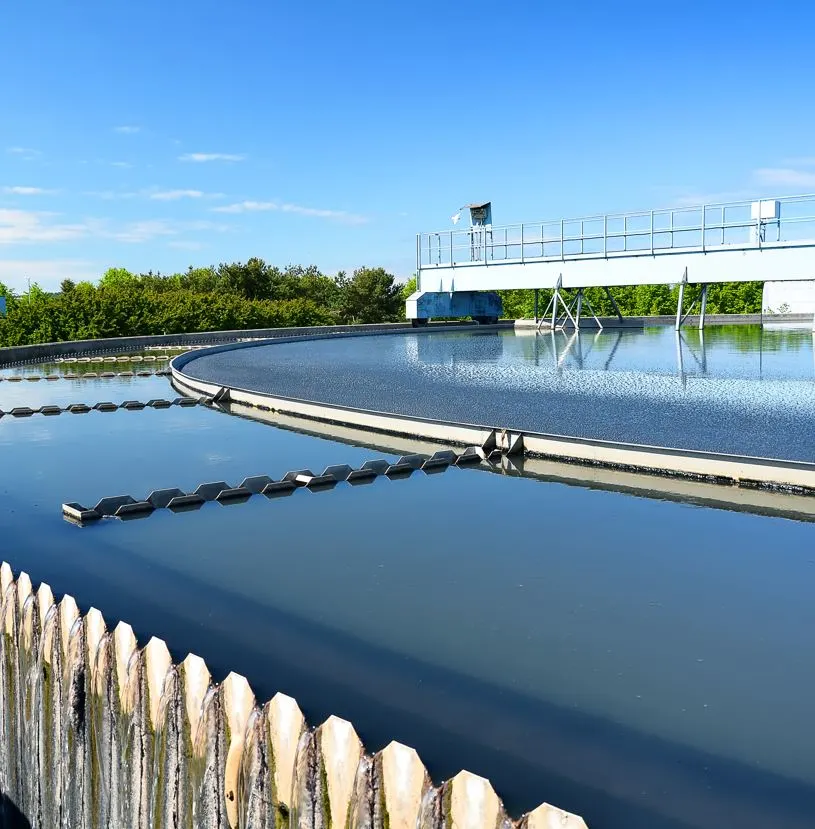
Los Cabos is considered one of the most popular tourist destinations in Mexico, leaving merchants near the lush, green Estuary where the overflow took place to put their foot down. When deciding on a destination in Mexico, San Jose is one of 6 of the most popular, which is why they fear that talks of bad smells would drive visitors away. Mention of the “sewage smells” have already popped on some of the web’s most visited travel forums, including TripAdvisor.
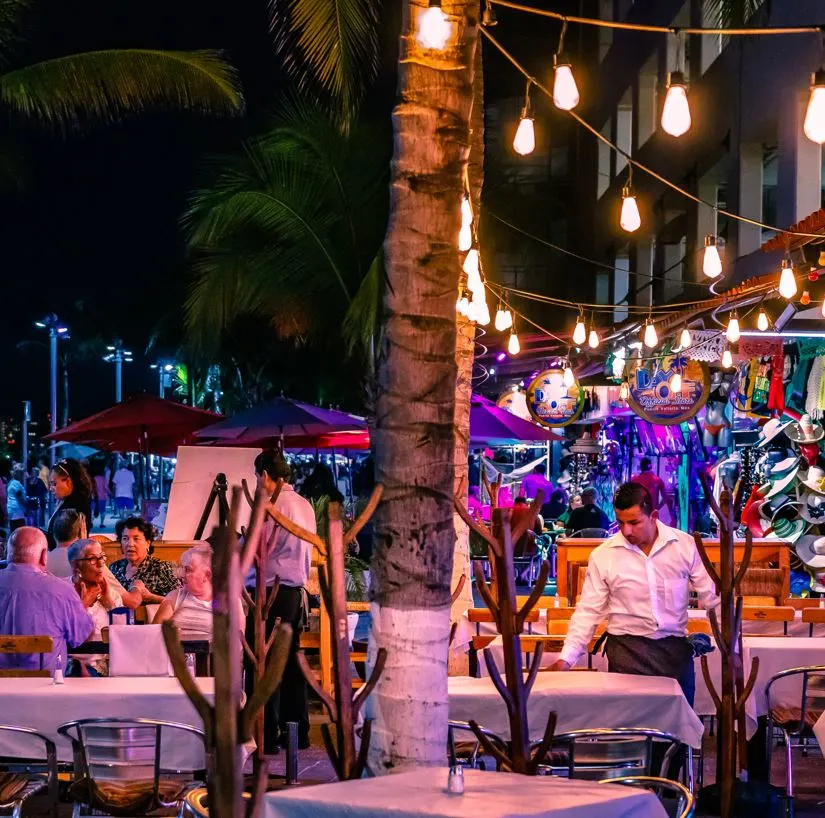
To help combat the odors, the treatment plant went for a “natural” approach, burning eucalyptus to mask the smells. This could be a way to calm San Jose’s citizens and entrance visitors, but a permanent solution is much more complicated.
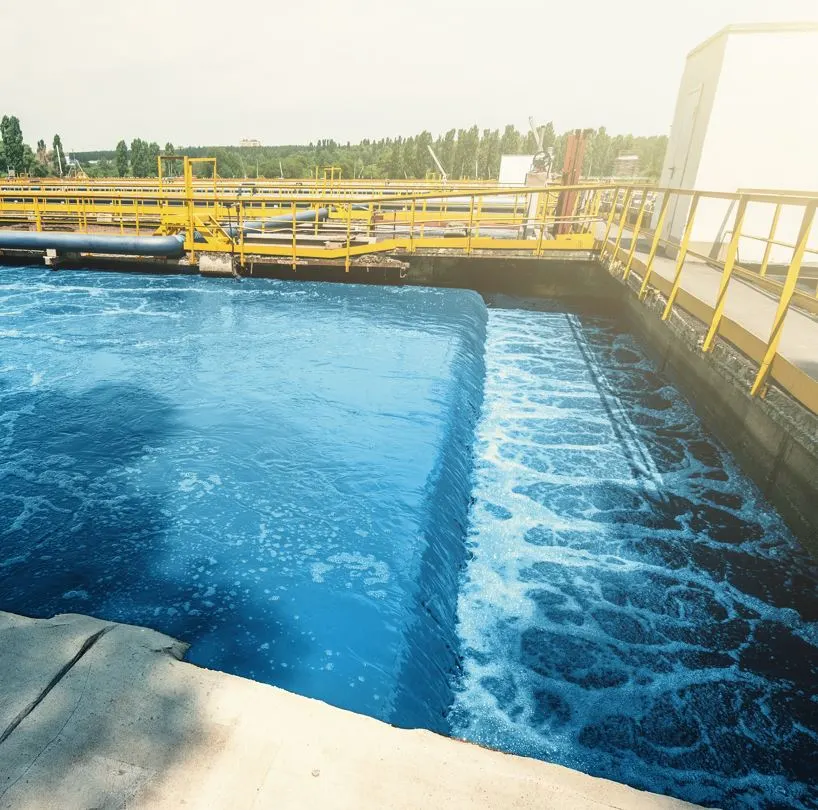
Part of the reason behind the difficulty is the location of San Jose del Cabo, which is also a huge part of its appeal. Its spot next to the coastline complicates things, as authorities forbid septic systems anywhere close. This led to the construction of a 14-mile long pipeline, connecting to the nearest source of non-potable water, lake San Lazaro. Though promising, it has given the area lots of trouble, including multiple overflows and a lasting scent that lingers in the air.
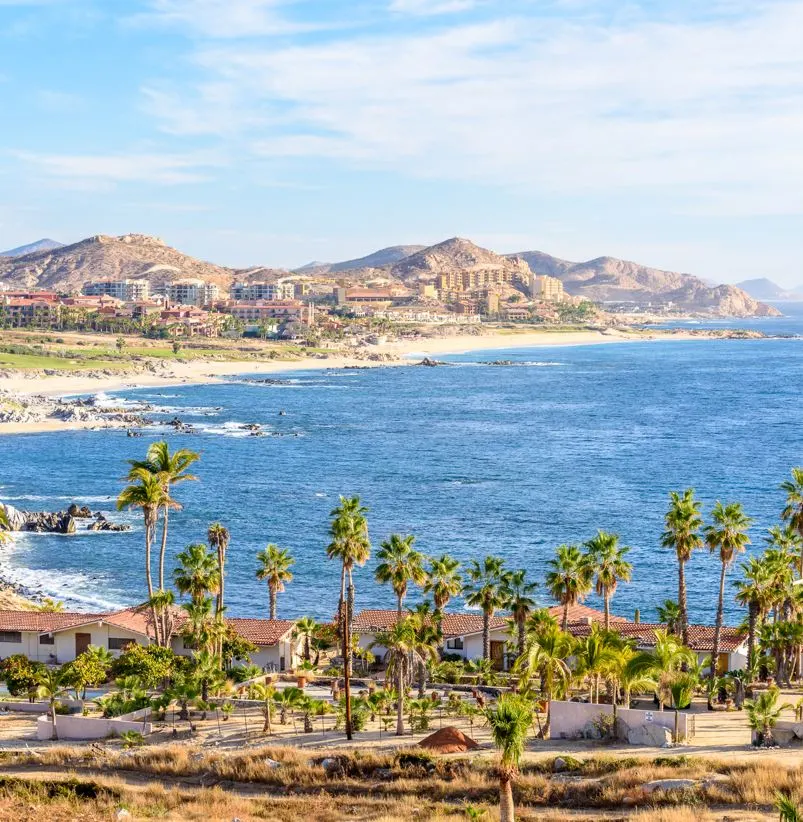
After the most recent overflow, the Los Cabos mayor, Professor Oscar Leggs, presented Fonatur, the federal run plant, with an ultimatum. He demanded they either fix the issue or turn the plant over to the city. This prompted a swift response from Fonatur, with commissioner Tapia announcing an investment of 103 million pesos soon after the incident. They estimate that repairs will cost around 20 million pesos, and plan to put the rest toward improving the infrastructure in the area.
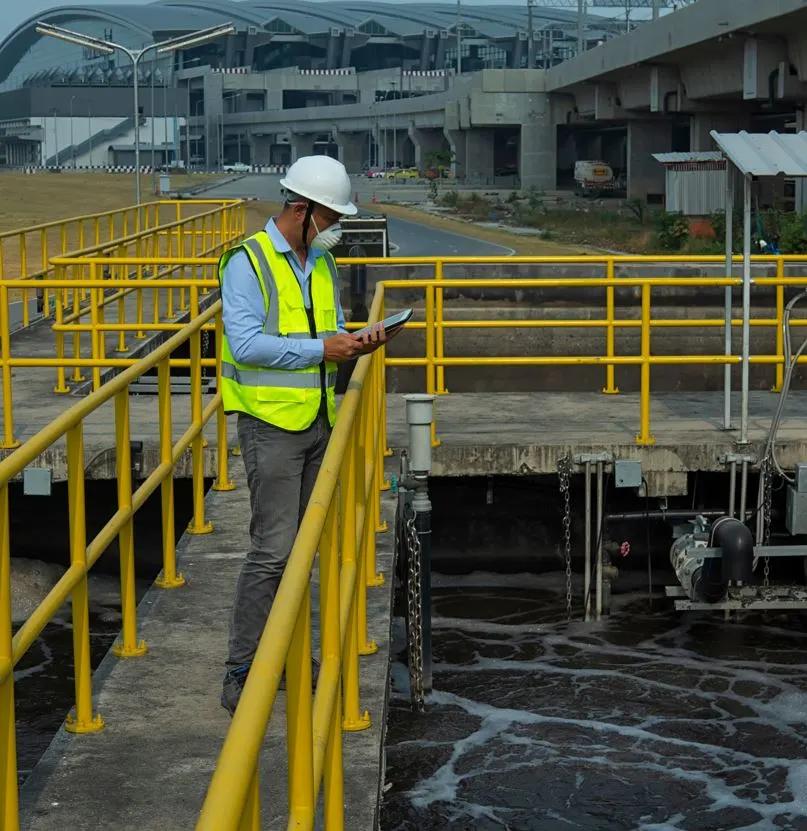
Understanding the detriment that continued issues of bad smells from overrunning sewage could have on tourism, the Los Cabos City Council decided to first repair issues inside the plant to omit the smell and then take over operations pending Fonatur’s new infrastructure plan. This comes after multiple complaints from merchants, some of which saw an increase in customer complaints. Enjoying a meal or taking a walk through the charming streets is difficult to do with the smell of sewage in the air.

Even with all that’s happening behind the scenes, tourists are sure to keep coming in. Several restaurants in the area have teamed up to create unforgettable food tours that highlight the cities lively marketplace, which smells of fresh-caught seafood and hand-picked vegetables. Additionally, the major attraction of San Jose is found along the coastline, which sort of washes away the smell. It’s not certain if the most recent water treatment overflow has put a dent in visitors, though the city is out to ensure that it doesn’t happen again.

The Los Cabos Convention & Visitors Bureau reported that more than 800 thousand visitors had poured into Los Cabos in the first quarter of this year alone, making the charm of the city a top priority. Among their influx of tourists come several attempts to target those looking for luxury, which doesn’t include strange smells. For now, it’s safe for travelers, though it’s advised to stay as close to the coastline as possible.
